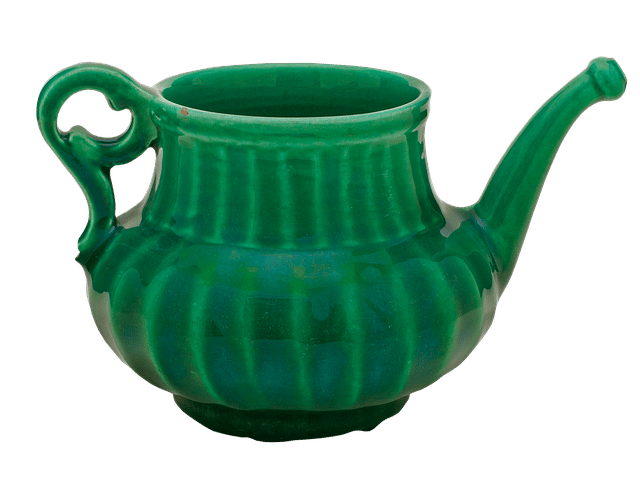
In ancient times the ewer was a widely used object.
Aguamanil is a term that comes from the late Latin aquamanīle . The first meaning mentioned by the Royal Spanish Academy ( RAE ) in its dictionary refers to a jug that has a spout and is used to pour water into a basin or basin intended for washing hands .
The RAE also points out that the concept of ewer can be used to specifically refer to the sink or basin . A third meaning indicates that ewer is synonymous with basin : the furniture used to place the basin that allows washing and that, sometimes, also provides space to place soap and other personal hygiene items.
Characteristics of the ewer
The first thing to keep in mind is that the ewer is a jug . This means that it is a vessel similar to a jug that has a single handle. This vessel also has the peculiarity of having a spout : a protruding tip to facilitate the pouring of water.
The ewer is filled with water used to wash hands. To avoid wetting the soil, the liquid is poured over a basin (a concave structure of a certain depth) or over a basin or basin (a large diameter container).
To wash your hands with the ewer, therefore, you must fill the jug with water. Then the person has to stand next to the sink or basin and pour the liquid while scrubbing their hands. The task is simplified if another individual is responsible for holding the ewer and pouring the contents.

The ewer is a vessel similar to a jug.
Its use at the table
It is interesting to mention that, long ago, the ewer was a very important item on the most elegant tables . At that time cutlery was not used, but food was taken from the plate with the hand.
The ewer, in this context, was necessary to sanitize hands when eating . In this case, the water was poured onto a basin . As the use of cutlery became more common, the ewer lost its preponderance.
Historical and symbolic relevance of the ewer
It has been a long time since the use of ewers has been common in most homes. Today, hand washing is usually done by opening the tap or faucet and letting the water fall into the sink , washbasin or washbasin . At mealtime, meanwhile, the fork and knife are used, so the hands do not get too dirty.
However, in ancient times it was a widely used object. Even, depending on the design and materials, the ewer could stand out on the tableware as a luxury object.
It is worth highlighting the existence of zoomorphic ewers . Pieces of this type are preserved in several museums that stand out for their historical relevance.
It cannot be omitted to mention that the ewer is also present in the representation of virtues such as patience , prudence and temperance . In this way the vessel appears in the different iconography.
